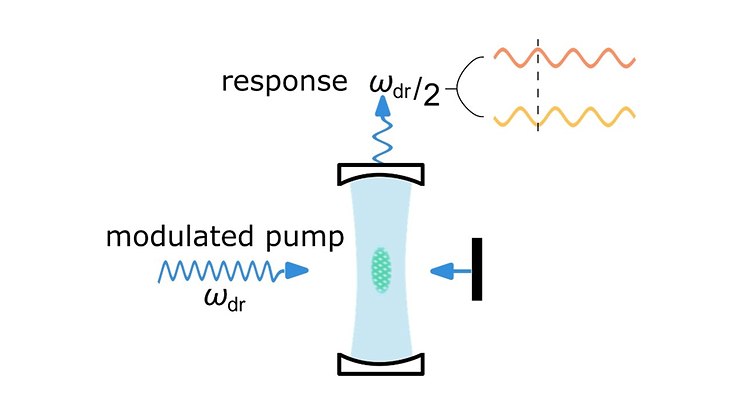Quantum Physics
Observation of a dissipative time crystal
15 December 2020

Photo: AG Hemmerich
Similarly, as the spontaneous breaking of translation symmetry can lead to crystallisation in space, a related phenomenon can occur with respect to time. Inspired by Franck Wilczek’s original proposal, discrete or Floquet time crystals have been observed in periodically driven closed many-body quantum systems. In these experiments, undesired residual coupling to the environment acts to limit the lifetimes of the time crystals due to unwanted dissipation and decoherence. In this work, we present the first realisation of a time crystal stabilised by tailored dissipation and fluctuations, induced via controlled coupling to a suitable environment.
Observation of a dissipative time crystal
Hans Keßler, Phatthamon Kongkhambut, Christoph Georges, Ludwig Mathey, Jayson G. Cosme, and Andreas Hemmerich, Phys. Rev. Lett. 127, 043602 (2021)
Highlighted as Editors' Suggestion, Featured in Physics Viewpoint, in a News & Views article by Philip Ball in Nature Materials, Ingrid Fadelli in Phys.org, by Robert Gast in ZeitOnline, and by Claudia Krapp in Forschung & Lehre


